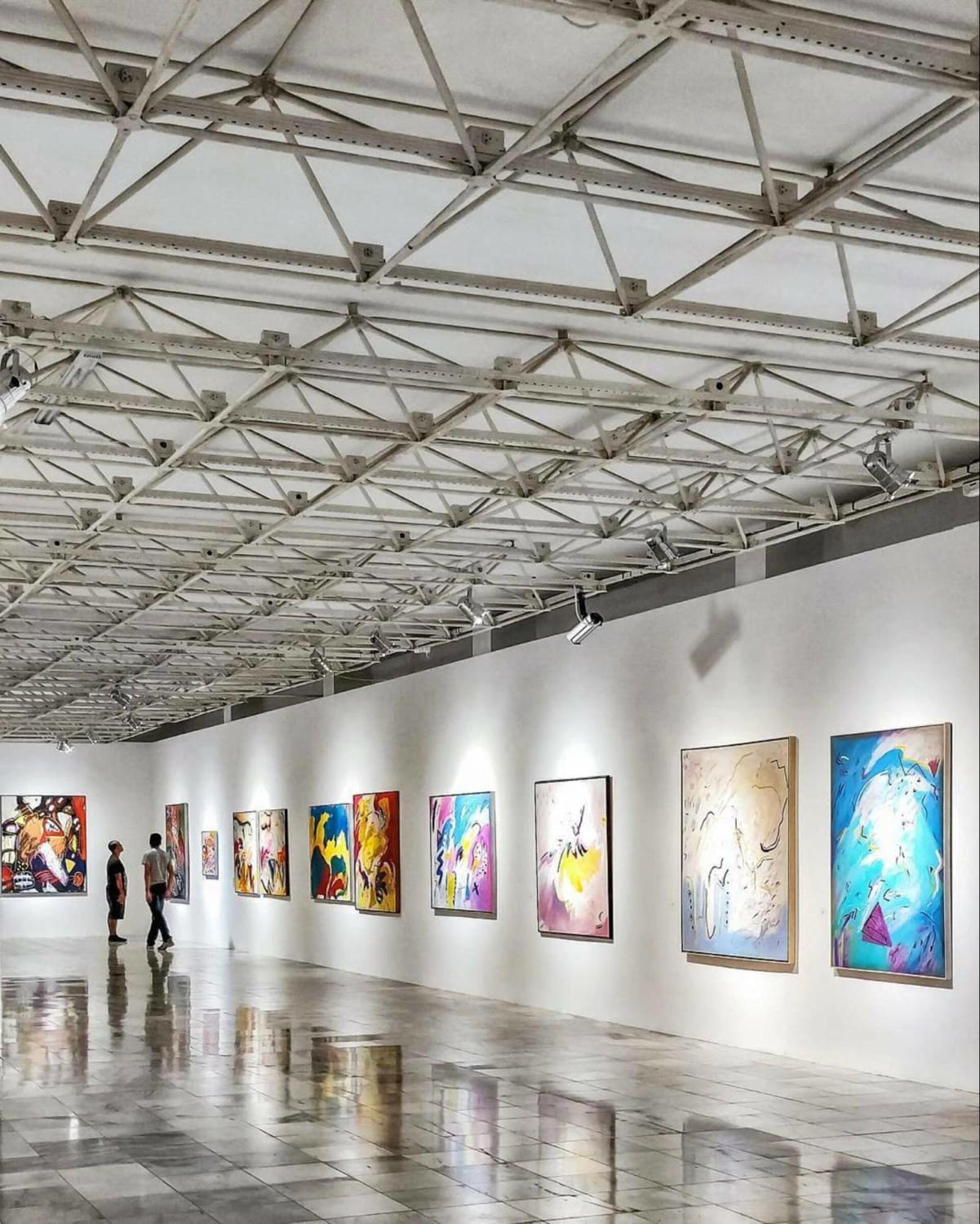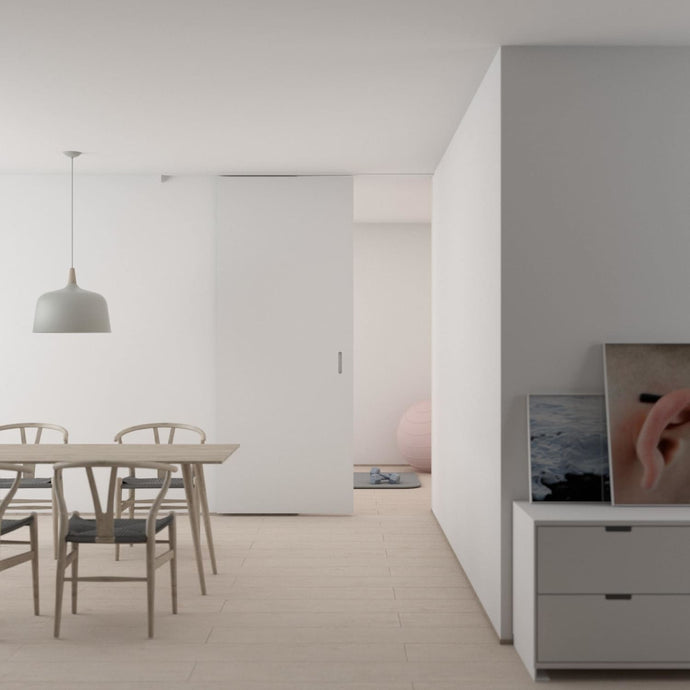(without robbing a bank)
How to start a collection and invest in art on a budget?
Whether you’re investing in old masters, well-established contemporaries, or the latest video pieces, collecting art can be a risky process. When you have the budget to buy works of art from famous artists at very established art institutions such as Christie’s & Co. art collecting is less of a guessing game. For most people, the trouble comes when trying to start a collection and invest in art on a budget. How to make sure the money you invest into your art collection, even if it is on a small-budget basis, is well spent?
The value of an artwork increases with the recognition an artist acquires in the established art market. One of the biggest risks is knowing whether or not a young artist is going to make it. You might fully engage with their work, but what if the important art taste-makers don’t? Especially as there are so many people coming out of art schools across the globe. Compare it to a business, and emerging art is equivalent to an early stage startup. If you really believe and connect with a product that you believe is going to make it big, the rewards are huge. That €1,000 investment yesterday could return its multiple in a few years time. As an emerging art collector, you essentially become an early adopter of an artists work. There is obvious risk here, but like those who invested in Bitcoin from the start, huge rewards.
And the additional advantages of becoming an art collector should be clear to everyone — whether interested, or uninterested in the art world: With art you’re buying way more than a mere decorative object - being an art collector of emerging art you actively participate and contribute to contemporary culture. And unlike spending your money on Gucci sunglasses or even an expensive car, art in general is an everyday pleasure that is unlikely to slump in value.
So how do you find the future successful artists amongst the crowds of upcoming artists? Established art collectors all start somewhere. The important thing is to learn, develop and create connections with artists.
This simple guide will hopefully make the transition from thinking about collecting emerging art, and actually taking the first steps to become an art collector clearer.
Here are five easy to follow tips to start your art collection while being smart with your money.
1. Set a budget
This is important for every investment. You should never invest more than you can afford. It should go without saying, but there are plenty of people who took out loans to invest in the Dotcom bubble. There are a few things to bear in mind when becoming an emerging art collector. Firstly, it is more expensive to collect emerging art through the secondary market — galleries and auctions. There are advantages to both — you’ll get to see the work in the flesh for one — but you will be paying up to 50% more than the works true value.
There are two better value ways to collect emerging art. First, and cheapest is to buy direct from the artist. The risks here should be obvious. How good is the artist’s judgement of their own work? How good is your understanding of the work in the current market? If you’re well-prepared and the investment aspect comes second for you, collecting in this way can reap rewards, though being risky.
Alternatively, collecting emerging art through Artpiq cuts the two disadvantages of the processes just mentioned. You won’t pay through the nose, and our expert art advisors thoroughly understand the art market, so every artist on our platform has the potential to acquire serious recognition in the art market long-term.
2. Know your taste
Now this is perhaps the most important aspect of emerging art collecting. We all know that there is risk, especially with collecting emerging art. So if you are collecting emerging art, you should first and foremost really love the art you buy and start collecting because you’re passionate about it.
To really get to know your tastes, see as much art as you can! We’d advise going to galleries, exhibitions and art fairs to start to understand the emerging art world. Once you’re aware of subjects, mediums, styles and different modes of art, you will probably know what you really like, and what you really hate. This should inform every art purchase you make. Obviously your tastes as an art collector will change somewhat over time, but your core beliefs are unlikely to shift.
Investing in art you love is the least risky form of starting your art collection.
WithIn addition to seeing work in the flesh when visiting galleries and museums a great way to start developing your taste is going online. Especially visual platforms like Instagram are an unfailing resource to get to know new artists even before they enter the traditional art market. Nowadays almost every artist has an Instagram account and uses it to show his work, virtually take you into their studio and let you understand where his art is coming from.
3. Understand the art market
Understanding the art market is tough work. It requires years of observation, study and interpretation. Even at this stage, there are never any guarantees. If you are planning on collecting emerging art through galleries, art fairs, or direct from artists, education is vital. Read auction catalogues, artists profiles and art collecting books to better understand the pitfalls of collecting emerging art before you start paying out.
There is another way of course. You could start your art collection with Artpiq. You’re probably thinking — of course we’re going to say that. But with years of experience between everyone at Artpiq working in the art market, we think we have a solid understanding of what’s happening right now. We’re here to pass that knowledge onto you and guide you through the process of starting your art collection.
If you would like to learn more about starting to collect with Artpiq, or would like to have our art advisors send you some suggestions fitting your taste, get in touch with us today.
4. Don’t buy posters and be careful with prints
You might have heard the advice to start your art collection with prints or even posters. This isn’t completely wrong, however there are several things you should consider when buying prints. Firstly, you should have a close look at the edition number - if a print has been published in a large edition, the individual print has less value than a print with a low edition number. However, keeping your limited budget in mind, a tip would be to go for unique prints or prints with a low edition number by emerging artists or prints by established artists with a high edition number. Both are quite affordable and have the right value ratio. Be careful though with posters - there is a lot of marketing around trying to sell cheap, unlimited & unsigned posters to you as art. They aren’t! If you want to become a serious art collector, be smart and collect original art with a realistic chance of cultural & monetary value increase over time. Another small tip: Instead of buying editioned prints by emerging artists you could also go for drawings. Often, artists use a drawing in preparation of a large piece of work which means that when buying a drawing you’re also acquiring an important milestone on the artist’s way to finishing a major artwork. Plus: drawings are usually very affordable and directly created by the hand of the artist!
5. Buy art from graduate artists
The quality of art is very subjective and there are serious artists that have never seen a university from the inside. If you however want to start your collection with pieces that have the highest chance of being of cultural importance in future it is best to collect art from studied artists. The value of your artwork is determined by the recognition of the artist in the established market and if you look at the artists shown at Art Basel you will find that 90% of them have a university degree. Additionally most renowned art school have very rigorous entry criteria and admitted artists are often selected by well-informed professionals and established artists who teach at the respective school. Consequently graduate art is the best art to start your collection with and become an art collector with serious ambition - even with a smaller purse.


